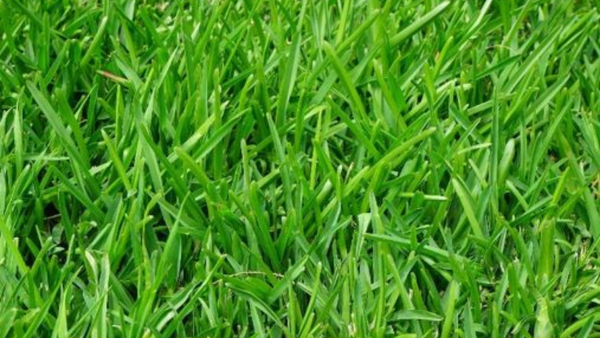Mowing Lawns in Summer. Tricks Of The Trade.
Summer is here and aren’t we glad to see it once again in the UK. One of the most common questions that we receive during this period of bliss is regarding the maintenance of lawns. The summer months can be a tricky time when it comes to keeping your lawn or the lawns of your clients looking tip-top. That’s why we would share with you the tricks of the trade about mowing lawns in Summer.
Time to get those engines started and help you keep on top of our beautiful outdoor spaces. In this resource, we will cover everything you need to know to master lawn care throughout summer.
Types of mowers
Choosing your mower type is an essential part of delivering your desired aesthetic finish. Remember, everyone’s finish will be different and thus choosing the right piece of equipment to assist you.
There are several different types of mowers available on the market. Some of these are cheap enough to purchase for more domestic use, however, when reaching into the realms of commercial, things can get expensive, very quickly.
This is why it is very common to see commercial companies hire lawnmowers to avoid large investments, especially when cutting lawns isn’t their mainstream of income. The most popular lawn mowers that you will see on the market are as follows:
Cylinder mowers
Cylinder mowers give the highest quality cut available, hence why they are very popular on the likes of golf courses, football pitches and bowling greens. The blades of these machines are arranged in a continuous cylinder which rotates with the engine, producing a very fine cut. Cylinder mowers also offer a stripped finish and very low cutting heights. These types of mowers are not suitable for very uneven ground.
Rotary mowers
When most people think of a petrol mower, they are referring to a rotary mower. These machine blades sit directly under the machine’s engine and spin parallel to the ground. Their height can be easily adjusted to all different applications. Meaning if you are cutting different heights of lawns all day, you can simply interchange between heights and not get slowed down.
Even though this equipment does not give as tighter cut as a cylinder mower, they are preferred for most applications throughout the UK as they can handle the uneven ground.
There are many different styles of rotary mowers on the market, some offering rear roller features and some that are self-propelled. Meaning less work for the operator to deliver a quality finish.
Ride on mowers
For larger maintenance projects, a ride-on mower is a suitable choice. These are more popular in the commercial sector for covering large areas in a small amount of time. Bigger machinery equals a much larger investment. These mowers tend to either have mowing decks or cylinder blades, depending on your requirements.
Ride-on mowers can be an essential component in the maintenance of large gardens, golf courses and more. If time and access allow, a ride-on mower will offer far more productivity. Most models offer a collection bag that you can still achieve a clean crisp professional finish.
For a more in-depth look into the difference between rotary and ride-on mowers, click here to see our resource “Ride on Vs Push Mowers, which to use”
Tractor Attachments
For the largest of applications, you are sure to find yourself possibly using a tractor with a flail attachment. These machines are not just used by people within the agricultural sector, but for large-scale maintenance. Maintenance tractors are not suitable for use in back gardens, however, are ideal for paddocks, fields, or large estate management. It is quite common for these machines to be used in more rough terrains as the tractor provides more downforce and better traction.
Compact tractors with flail attachments are unable to collect cuttings, therefore bare this in mind if this is a requirement of yours.
When to mow during summer?
Summer in the UK can be one the most unpredictable times of the year. Consistency in our weather partners is something of the past. This simply means that we need to adapt the way we work to enable us to cater for the world we live in.
The UK’s summers are known for being very hot one minute to a torrential downpour the next. So what does this mean for cutting lawns? We’re sure we can all agree the last thing that we want to do is cause any damage, so to help you can follow this guide to help.
- Mowing is normally taken place between March and October every year. Try to avoid cutting during the cold winter and wet months.
- Conventional lawns at peak times throughout the summer should be cut twice a week, dropping to once a week if there is a long period of drought.
- Long grass lawns such as paddocks should be cut once or twice throughout summer only, but not normally before June.
- Do not cut when it’s raining. Wet grass can cause damage to the equipment, lawn and the ground overall. It is always best to allow the ground to dry if it has been raining to avoid damage.
- Do not cut too short too quickly. If you are aiming for a tight-cut lawn, it is better to cut more frequent than to cut too harsh. Tight piled lawns can be achieved with regular cutting and water throughout the summer months. Remember to only water during the mornings and evenings, not during the height of the day. Lawns can be damaged by the magnification of sunlight through water droplets, in turn causing burn marks. Avoid watering if it has rained.
How to mow lawns in summer?
Mowing a lawn is straightforward, and in some cases, the method of doing so doesn’t necessarily matter unless you have a desired aesthetic appeal. What is critical is the height at which set your machine to do the work.
As mentioned before, it is crucial to not cut too harsh, even when you start out during the spring months. It is best to set your machine to its highest settings and gradually work downward over time to your desired height.
For fine lawns, this can be in the region of between 6-13mm or for ornamental lawns 13-25mm during the summer months. Cutting too tight will cause the root structure of the lawn to become very shallow. It will also increase compaction and encourage the growth of unwanted weeds.
How to get a striped finish on your lawn?
Obtaining a stripped lawn is far simpler than you first might think, especially if you have the correct equipment. Mowers that have a built-in rear roller can help lay your grass down in the direction you are mowing. Resulting in a nice, stripped lawn. So how do we start?
- Begin by cutting the perimeter, give yourself enough room so that you can turn when it comes to the next stage. It is recommended that you go around the outer part of the lawn you are working with at least twice, moving inward after every completion.
- If you have a straight edge to work with this can always be ideal to guide you, but in the real world, this doesn’t always happen. For circular or irregular-shaped lawns, pick yourself a focal point to begin from. Line your mower up and commence to cut towards your focal point to the opposite side of the lawn. Now you have the first strip that will guide you.
- On turning, take your time to align your return cut up which should slightly overlap your previous. Always let the machine do the work and follow your guide.
- Make sure that you empty to cuttings box regularly if you have one. Overweighted and full boxes can lead to cutting falling out and ruining the work you have already done.
- When all lawn is cut, finish with a final pass around the perimeter to ensure everything looks even.
If you are regularly cutting lawns, it is best advised that you try to alternate the way the pile lies each time. This will prevent ruts from forming in your lawn from going backwards and forwards continuously.
How to figure out what grass you are working with?
For a lot of us, grass is just grass in the UK, however, whether you are working with a lawn for commercial or personal reasons, understanding what grass you are working with is beneficial l to get the best results. And we all know that the small details always matter.
The most common grass that you will find in the UK are as follows:
Ryegrass
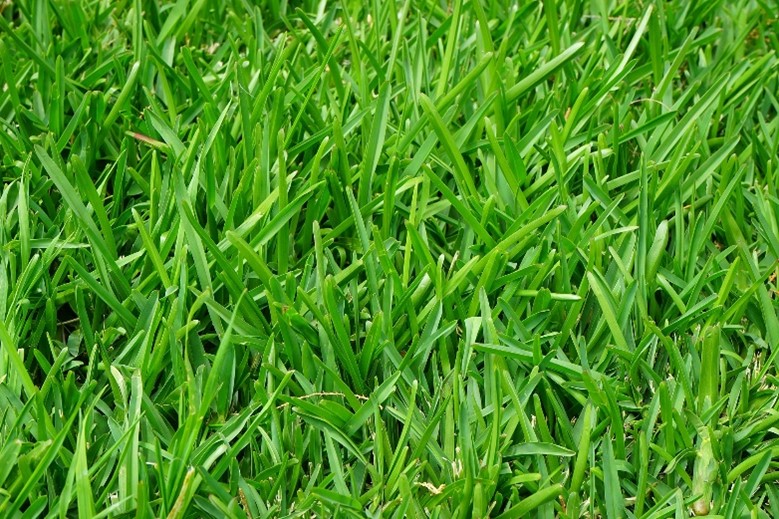
By far the most common grass you will come across in the UK is Ryegrass. It is generally chosen because of its fast-growing capabilities and hard-wearing. Ryegrass has green and narrow stems with a blade-like feature. This type of grass requires at least 2 cuts a week because of how quick it grows, especially at the height of the season. It is also recommended to fertilise the lawn throughout the year to keep a tight pile and looking great.
Annual Meadow Grass
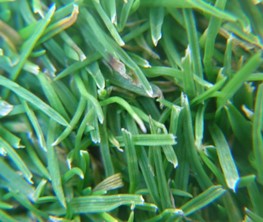
Seen as a hybrid of weed grass, this type of surface is very common throughout a lot of well-maintained lawns. Unlike Ryegrass, the shoots of annual meadow grass all stem from one position and grow outwards. Delivering a tight cushioned pile. The blade tips a blunt and can grow almost anywhere. This type of grass is favourable for golf courses and bowling greens. However, it is quite fragile, especially in the cold months, meaning that it needs constant attention. Avoid cutting this type of grass during the winter months, however, you can expect to cut up to twice a week in the growing season.
Creeping Red Fescue
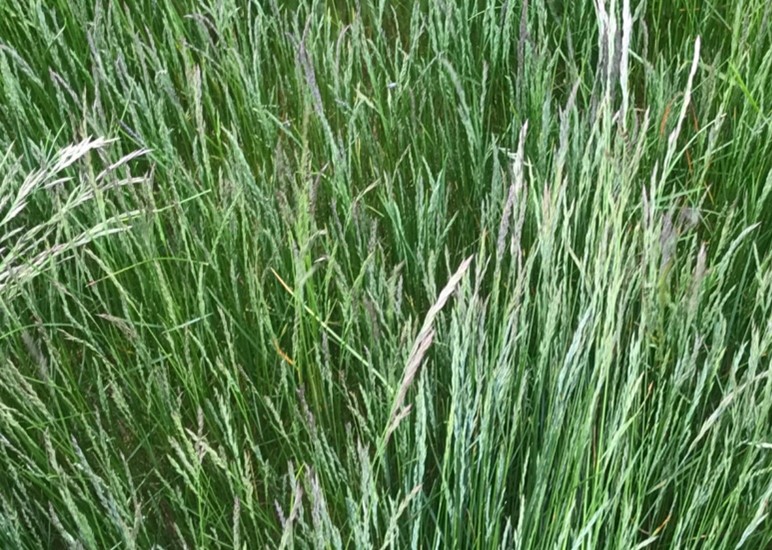
This type of grass is favoured for starting lawns and does very well in shady and wet conditions. It requires a very small amount of maintenance, and a high cut is preferred. This type of grass is easily identified by its dark green creeping stems. Their leaves are narrow and rolled inward forming a dense pile that is normally overrun with excess thatch. Ensure that if you are working with a lawn populated with creeping red fescue, you remove the thatch with a scarifier twice a year. This type of grass requires weekly maintenance throughout the summer growing season. However, take caution not to cut too short.
Common Brown- Top Bent
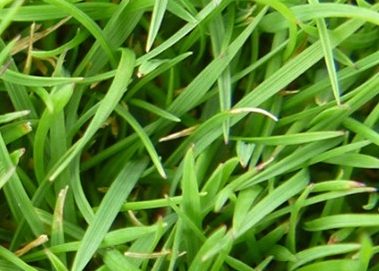
As the name suggests, the common brown or top bent is a popular type of grass to find poor acidity soils. It is a top candidate for golf courses as it can withstand being cut very short, without being damaged. It is identified by its very short leaf but thick leaf pattern, growing in a blade shape. Top bent is very favourable for golf greens and bowling pitches because it is so dense. Top bent grass can obtain a thick layer of thatch, which, if not maintained can cause problems with the health of the lawn.
Need help with mowing equipment this summer?
For over 20 years, WHC Hire has been assisting grounds keepers, commercial contractors and the public with maintain lawns in summer all over the UK. With some of the state-of-the-art mowing equipment available in our fleet, we provide the most efficient and cost-efficient solutions for jobs of all shapes and sizes. From rotary lawn mowers to ride-ons, to compact tractors, our hire equipment has been hand-selected to maximise your productivity. See our online catalogue of garden machinery to help get the best out of the lawn you are taking care of this summer. Or call and book your equipment with one of our hire experts on 01684377977

